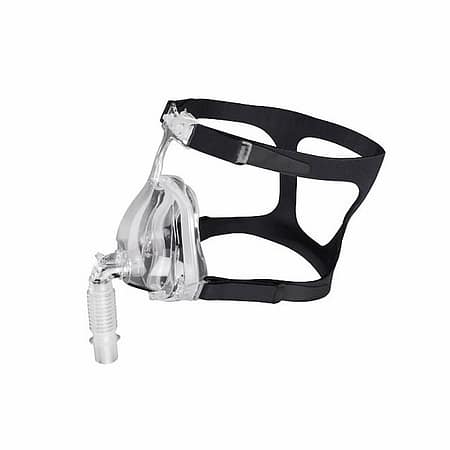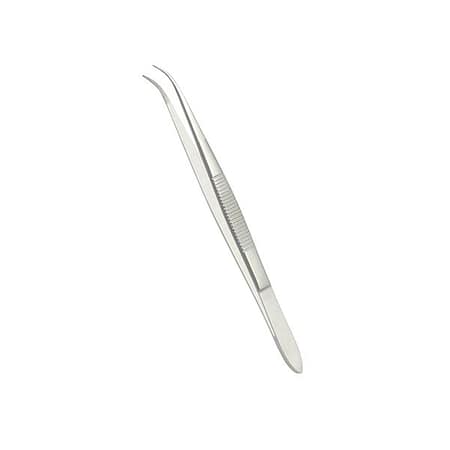Choosing the Right Weight Capacity for Lifter Sling Hoists: Accommodating Patients of All Sizes

Understanding Lifter Sling Hoists: An Overview
Lifter sling hoists are vital tools in healthcare and home care settings, providing essential assistance in moving and handling patients with limited mobility. These devices not only enhance patient safety but also aid caregivers in executing their duties more efficiently and with less physical strain.
- Introduction to Lifter Sling Hoists: This section will offer a comprehensive understanding of what lifter sling hoists are, including their primary function – to safely lift, move, and transfer patients.
- Varieties and Uses: Lifter sling hoists come in various designs, each suited to different care environments and patient needs. From overhead hoists for hospital use to portable models for home care, understanding these varieties helps in making informed choices.
Importance of Accurate Weight Capacity in Lifter Slings
Selecting a lifter sling with the appropriate weight capacity is crucial for ensuring the safety and comfort of both the patient and the caregiver.
- Safety Concerns: Using a sling with an inadequate weight capacity can lead to equipment failure, posing serious risks such as falls or injuries to the patient and strain injuries to the caregiver.
- Comfort and Dignity: The right weight capacity is not only a matter of safety but also of patient comfort and dignity. A well-suited sling can provide a secure and comfortable experience, reducing anxiety and discomfort during transfers.
Assessing Patient Needs: Key Considerations

A thorough assessment of the patient’s physical characteristics and health condition is essential in choosing the right sling hoist.
- Patient Weight and Body Type: It’s important to accurately determine the patient’s weight and consider their body type. This information is critical in selecting a sling that can comfortably and securely accommodate the patient.
- Health and Mobility Factors: The patient’s overall health, including any specific medical conditions, and their level of mobility should be considered. For instance, patients with very limited mobility might require a sling with more support.
Determining the Right Weight Capacity for Lifter Slings
Understanding and selecting the appropriate weight capacity for a lifter sling is a process that requires careful consideration of several factors.
- Understanding Weight Limits: Each lifter sling hoist has a maximum weight limit, which is a crucial factor to consider for safe operation. This limit ensures the sling can safely support the patient’s weight without risk of material failure.
- Factors Influencing Capacity Choice: When choosing a lifter sling, several factors need to be considered:
- Patient Size: The patient’s weight and body dimensions should be matched with the sling’s capacity and size.
- Sling Type: Different sling designs support different weight limits. For example, a full-body sling may have a different weight capacity compared to a sitting sling.
- Hoist Model Compatibility: The compatibility between the sling and the hoist model is vital. Ensure the hoist can handle the sling’s weight capacity and that the sling fits properly on the hoist.
Types of Slings and Their Weight Capacities

A variety of sling types are available, each designed to accommodate different patient needs and weight capacities.
- Standard Slings: These are the most commonly used slings, suitable for patients who require moderate support. They come in various sizes and weight capacities, typically ranging from light to heavy-duty, to cater to a wide spectrum of patient weights.
- Bariatric Slings: Specifically designed for bariatric patients, these slings are made from stronger materials and have higher weight capacities to ensure safety and comfort. They often include additional features like extra padding for comfort.
- Pediatric Slings: Tailored for children, pediatric slings are smaller in size and designed with child-friendly materials. They provide the necessary support while ensuring the child’s comfort and safety.
Customization and Adaptability for Patient Comfort
Customization plays a key role in ensuring that slings meet the specific needs of each patient.
- Custom Sling Options: For patients with unique body shapes or specific medical requirements, custom slings can be made. These are designed based on individual measurements and needs, ensuring a perfect fit.
- Adjustability Features: Many slings come with adjustable features, like straps and head supports, which can be modified to better fit the patient. This adaptability is crucial for accommodating different body types and conditions.
Regular Maintenance and Inspection of Lifter Slings
Maintaining and inspecting lifter slings is essential for ensuring their longevity and safe operation.
- Maintenance Tips: Regular cleaning and following manufacturer guidelines for care can prolong the life of the slings. It’s important to use the recommended cleaning products to avoid damaging the materials.
- Inspection Checklist: Before each use, a thorough inspection of the sling should be conducted. Check for signs of wear and tear, such as fraying, tears, or broken stitching, and ensure all attachments and adjustment features are in good working order.
Training and Best Practices for Caregivers
Proper training and adherence to safety protocols are key in ensuring the effective and safe use of lifter slings.
- Proper Usage Training: Caregivers should be trained on the correct procedures for using lifter slings, including how to choose the right sling, how to position the patient, and how to operate the hoist.
- Safety Protocols: Establishing and following safety protocols, such as double-checking the sling’s attachment to the hoist and ensuring the patient is secure before lifting, is critical to prevent accidents.
Integrating Lifter Slings into Patient Care Plans
Incorporating lifter slings into patient care requires collaboration and ongoing assessment.
- Collaboration with Healthcare Professionals: Working closely with healthcare professionals, including nurses and physiotherapists, can ensure that the sling and hoist use is optimally integrated into the patient’s care plan.
- Continual Assessment and Adjustment: Patient needs can change over time, so it’s important to regularly reassess the suitability of the sling and make adjustments as needed. This includes considering changes in the patient’s weight, mobility, and overall health condition.
































